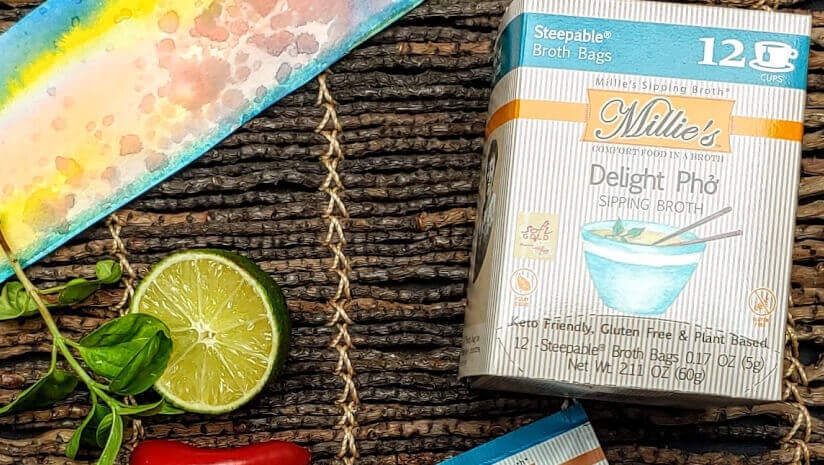Despite being on opposite ends of the flavor spectrum, sweet and salty flavors can be strategically combined to influence sensory perception in the brain, helping reduce salt and sugar intake, explained Alex Woo, founder and CEO, W2O Food Innovation, a food technology firm that specializes in taste and smell neuroscience and plant-based ingredient technologies.
Flavor perception involves all five senses – taste, smell, sight, sound and touch – working together. It occurs when taste receptors are activated and combined with sensory inputs from smell, texture and even visual and auditory cues – and plays a critical role in salt and sugar reduction, Woo said.
In the book Gastrophysics, Charles Spence, head of the cross-modal research laboratory at Oxford University, wrote about the complex senses at play when eating a peach, otherwise known as cross-modal sensory perception.
“Just think about it for a moment: your brain has to bind together the aromatic smell, the taste, the texture, the color, the sound as your teeth bite through the juicy flesh, not to mention the furry feeling of the peach fuzz in your hand and mouth. All of these sensory cues, together, with our memories, contribute much more than you would believe to the flavor itself. And it all comes together in your brain,” he writes.
So, how does flavor play a role in creating products that taste sweet or salty without the added health burdens?
When these receptors detect sweet or salty compounds, retro nasal smell (or the perception of aromas that travel from the mouth to the nose when eating or drinking) play a key role in enhancing taste experience, explained Woo.
Retro nasal smell also helps explain why taste is limited when nasal passages are blocked (or when we plug our noses when eating something).
Flavors and colors in focus: From emerging consumer demand to new manufacturing strategies
This story is part of a special collection of articles examining how consumer preferences for colors and flavors are evolving that was emailed to subscribers.
Check out the full collection.
To receive future special editions via email, register for free for FoodNavigator-USA’s newsletters. Find out more by clicking the yellow “register” button at the top of our homepage or by visiting https://www.foodnavigator-usa.com/Info/Why-register .
Sweet smelling flavors give the perception of sugar
Sugary smells, like molasses, vanilla and honey, can increase sugar perception in the mouth up to 30%, Woo said. Commercially, both sweet and salty aromas are found as distillates. Distillates are made by collecting the volatile-rich vapor of the raw material when boiled and then dried.
Non-nutritive sweeteners also play a role in maintaining a sugar-like taste while reducing sugar – where a combination of high-potency natural sweeteners (e.g. Reb M from stevia and monkfruit) and non-caloric or low-caloric bulk sweeteners (e.g. allulose and erythritol) can reduce sugar by 30-50%, he added.
Savory and fatty flavors indicate salt without the additional intake
For salty flavors, Woo outlined several flavor-based approaches to achieve salt reduction. The first is using umami (savory) or kokumi (fatty) flavors to help increase salt perception in an application up to 30%, Woo explained. Recent fermentation technology also has improved their availability. Further, these ingredients can be labeled as natural flavors, aligning with consumer demand for clean label and natural.
Similar to sweet aromas enhancing sweetness perception, Woo’s second approach to salt reduction is using salty-smelling compounds, like ham, sardine and chicken flavors, to enhance salt perception “when congruent” with the food’s overall profile, adding that “you cannot put sardine in a beverage,” for example.
Kokumi and umami flavors are considered too heavy to distill, and instead are developed via extraction. This process involves diluting with water, removing the water and then concentrating the remaining compounds with extensive purification, Woo said.
A common example is mushroom extract, where cooking the mushrooms, evaporating the liquid and drying it results in a concentrated umami-rich powder or viscous liquid, he explained. These extractions contain MSG and other umami compounds which are detected in the mouth. In contrast, sugary and salty aromas are volatile and sensed through the nose, making them suitable for distillation rather than extraction, added Woo.




